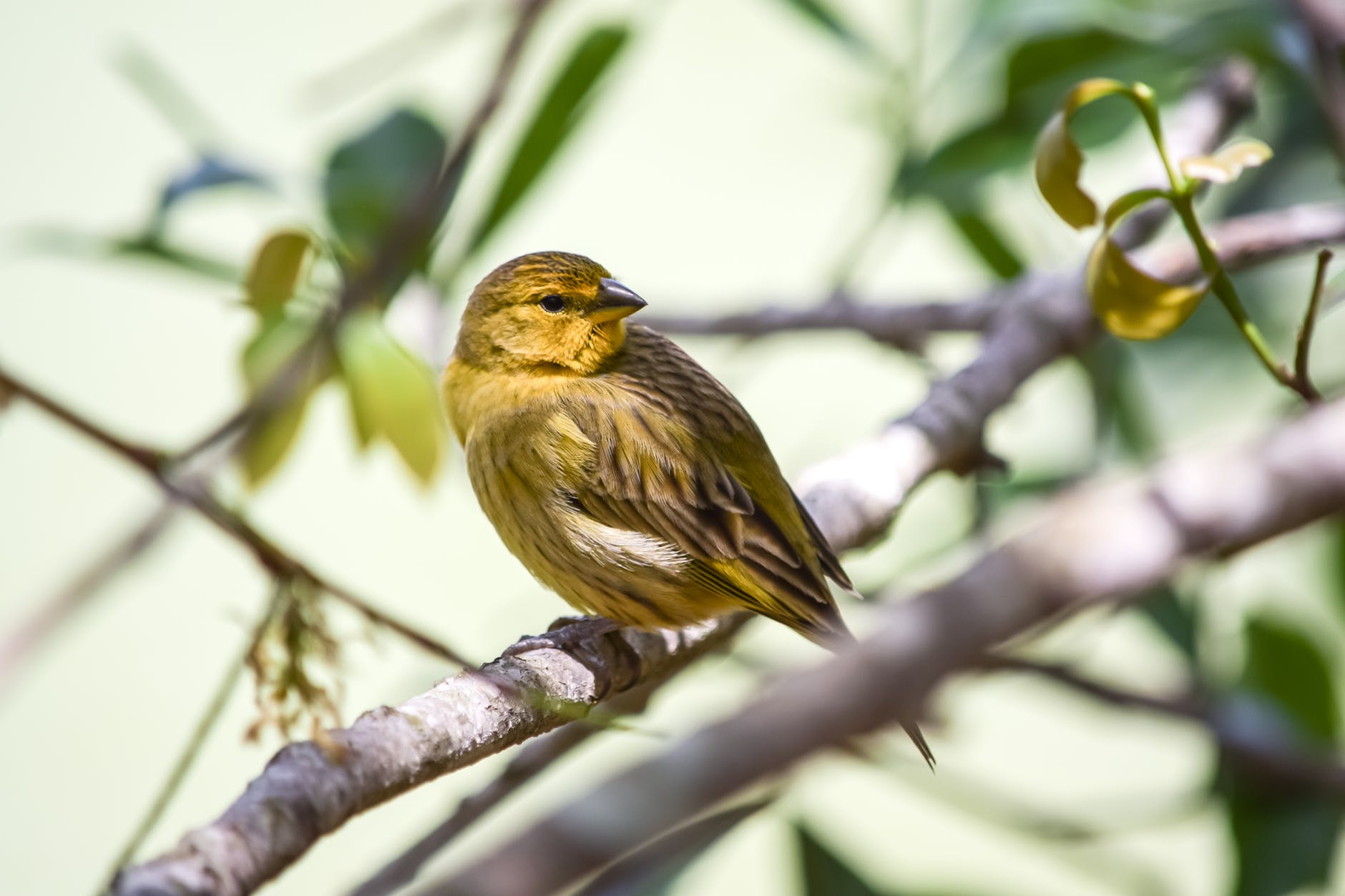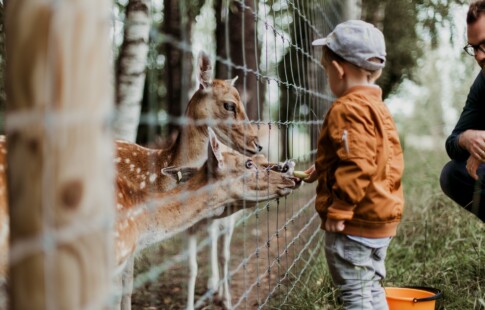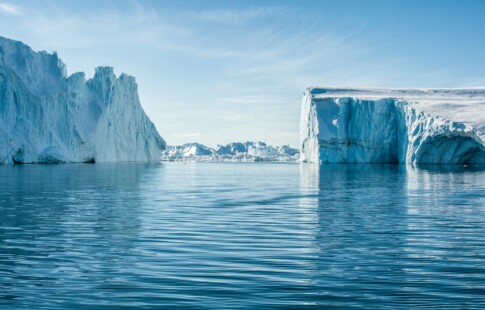
Water Shows Us More Diversity in the Galápagos Species Than We Initially Thought
We are reader-supported. When you buy through links on our site, we may earn affiliate commission.
Scientists already know that the Galápagos Islands are home to an impressive amount of biodiversity. However, a new study shows the Galápagos species are even more biodiverse than expected. Likely, this is due to the number of non-native species migrating to the area. Scientists are concerned because they don’t yet know how these so-called alien species will impact the ones native to the Galápagos Islands.
The Galapágos Islands famously aided much of Charles Darwin’s research. Scientists are still looking into why the species diversity occurred. For instance, researchers originally thought only five non-native marine invertebrate species were living there. However, the true number is about 53.
Most Arrival Timelines Unknown
According to the research paper about this recent finding of increased diversity, scientists said 30 of the newly identified species could have survived for decades without detection. Moreover, 17 were species researchers initially thought were native but now know are nonindigenous. Beyond that, though, the researchers emphasized they could not determine the arrival dates for most of the identified species.
The scientists also confirm that more research will help them pinpoint the long-term effects of these invading species. They already know the ramifications in some cases, the study states. For example, the date mussel frequently bores into coral that’s native to the Galápagos Islands. Another newly identified alien species is a bryozoan that kills varieties of seagrasses.
Researchers first collected the date mussel in 1898, the scientific paper noted. That means non-native species have been around for a while. The new knowledge here is that there are far more of them than scientists first thought.
Are Biosecurity Measures Working?
It’s also discouraging that the scientists found these conclusions despite only analyzing a small segment of the Galápagos Islands. That means the actual number of non-native species could be much higher. There are biosecurity measures in place, however. For a start, foreign vessels can only dock at one of the main ports. Divers then inspect the ships and require them to depart for hull cleanings if they find non-native species.
Returning to the recent research paper, it mentions that at least 92.6% of the introduced species likely came via ships. However, since scientists aren’t sure when they arrived, it’s difficult to tell whether the current biosecurity measures are sufficient.
Analysts also believe tourists who travel to the Galápagos Islands threaten its ecosystem. There are more than 1,500 introduced species there, and 98% were introduced by humans either purposefully or accidentally.
The Galápagos Biosecurity Lab opened in 2018. It aims to strengthen the quarantine and control measures of invasive species. Due to these recent findings, experts here and elsewhere may need to look at new methods to use.
What’s Behind the Biodiversity?
In 2018, scientists discovered an assortment of new animal and plant species throughout the world, including 16 plants in Brazil and West Bengal alone. That’s typically exciting since it proves that even though researchers know a lot, there is always more to discover. However, in the case of the Galápagos species diversity, it’s a potentially troubling problem due to the damage some new species cause.
Research has also failed to definitively state why the increase in diversity happened, even in cases when the species did not arrive from elsewhere. One theory is that sea level shifts over a half million years helped shape the Galápagos species diversity. In short, the published study suggests changes in sea level caused geographic shifts that affected land creatures living on the islands.
Another possibility is that a barrier to the Equatorial Undercurrent caused an upward surge that brought with it the cold waters of the deep ocean. Scientists say that geological event may have also contributed to the above-average biodiversity. However, those studies relate to the species that have lived there for the long term, not the invasive ones that arrived relatively recently.
As such, scientists want to know how the new species are getting on the islands and what to do about the ones causing damage.
Hybrid Finches Defend Against an Invasive Parasite
Some efforts to stop invasive species on the Galápagos Islands focus on learning more about the creatures that live there. In one case, hybrid bird species of Darwin’s finches — themselves the subject of many evolutionary studies — might help prevent the damage caused by one of the invasive species.
Researchers know that an invasive fly from South America called the Philornis downsi threatens 10 species related to Darwin’s finches. The fly lays its eggs in the birds’ nests. Then, at night, the newly hatched larvae bury themselves in a chick’s nostril, ear or any other source of blood, causing fatal damage before the chicks’ parents can fight back.
This problem has caused a substantial rise in finch nestings’ deaths. However, an interesting study found that, for some reason, the hybrid offspring of small and medium-sized tree finches do not have trouble with those parasites in their nests. Researchers don’t know whether those finches can get rid of the larvae once they appear in the nests, or if the parasites find something about those nests unattractive.
The nests of those two kinds of hybrid finches had only half the number of flies compared to the other nests. However, the nonhybrid varieties of the small and medium finches have the usual difficulty fighting off the flies.
They suggest that the hybrids might have an evolutionary advantage. Moreover, flies invade the nests of almost all land birds on the Galápagos Islands. If researchers don’t figure out how to stop them soon, extinction could be a real risk. This example illuminates why nonmarine alien species have adverse effects on inhabitants.
Still Much to Study
These findings show that there remains a great deal to learn about the fascinating diversity of the Galápagos species. Since some of the non-native creatures cause harm to local wildlife, it’ll be particularly crucial that science professionals figure out how to protect the native species and possibly make changes to current biosecurity measures.
Share on
Like what you read? Join other Environment.co readers!
Get the latest updates on our planet by subscribing to the Environment.co newsletter!
About the author
Jane Marsh
Starting from an early age, Jane Marsh loved all animals and became a budding environmentalist. Now, Jane works as the Editor-in-Chief of Environment.co where she covers topics related to climate policy, renewable energy, the food industry, and more.





